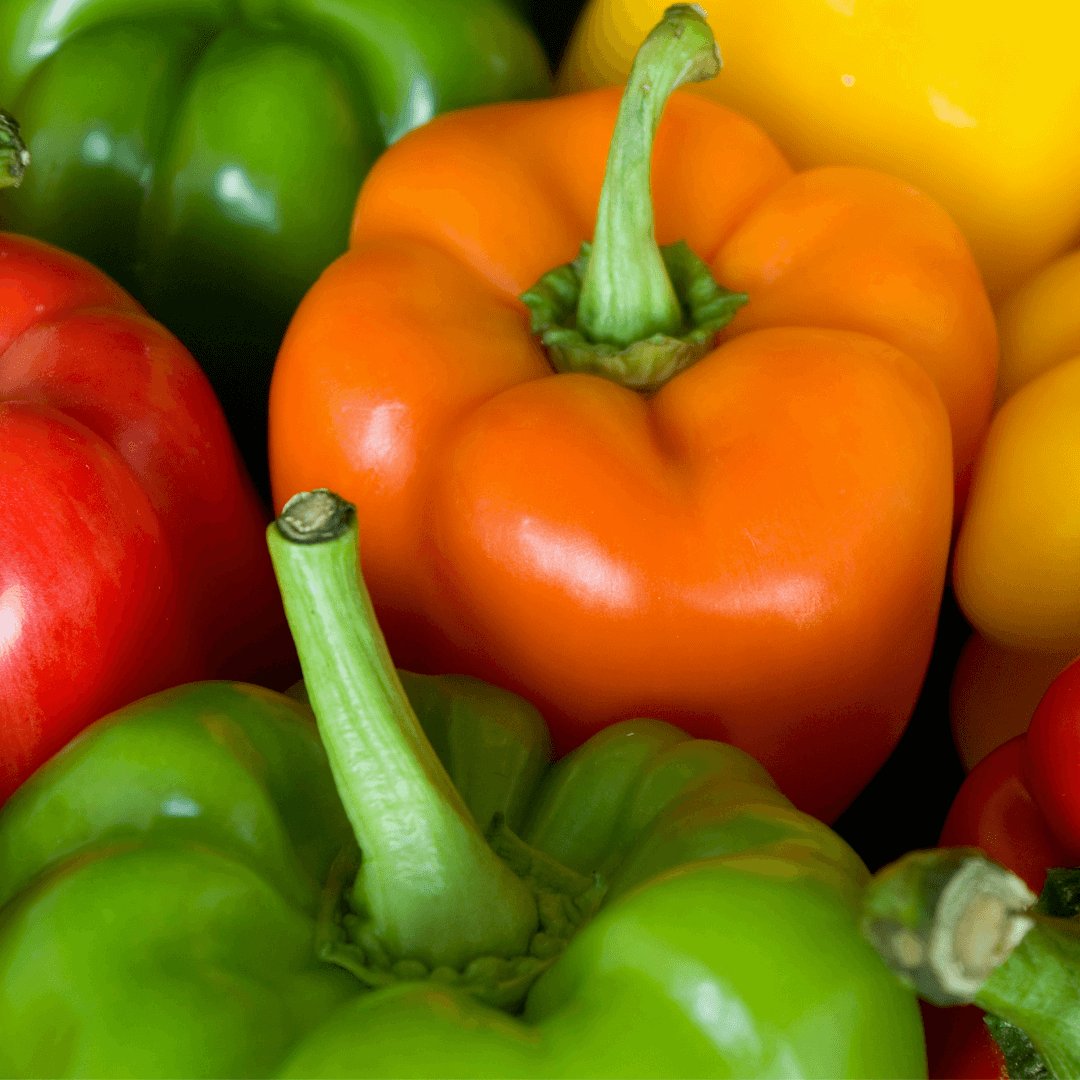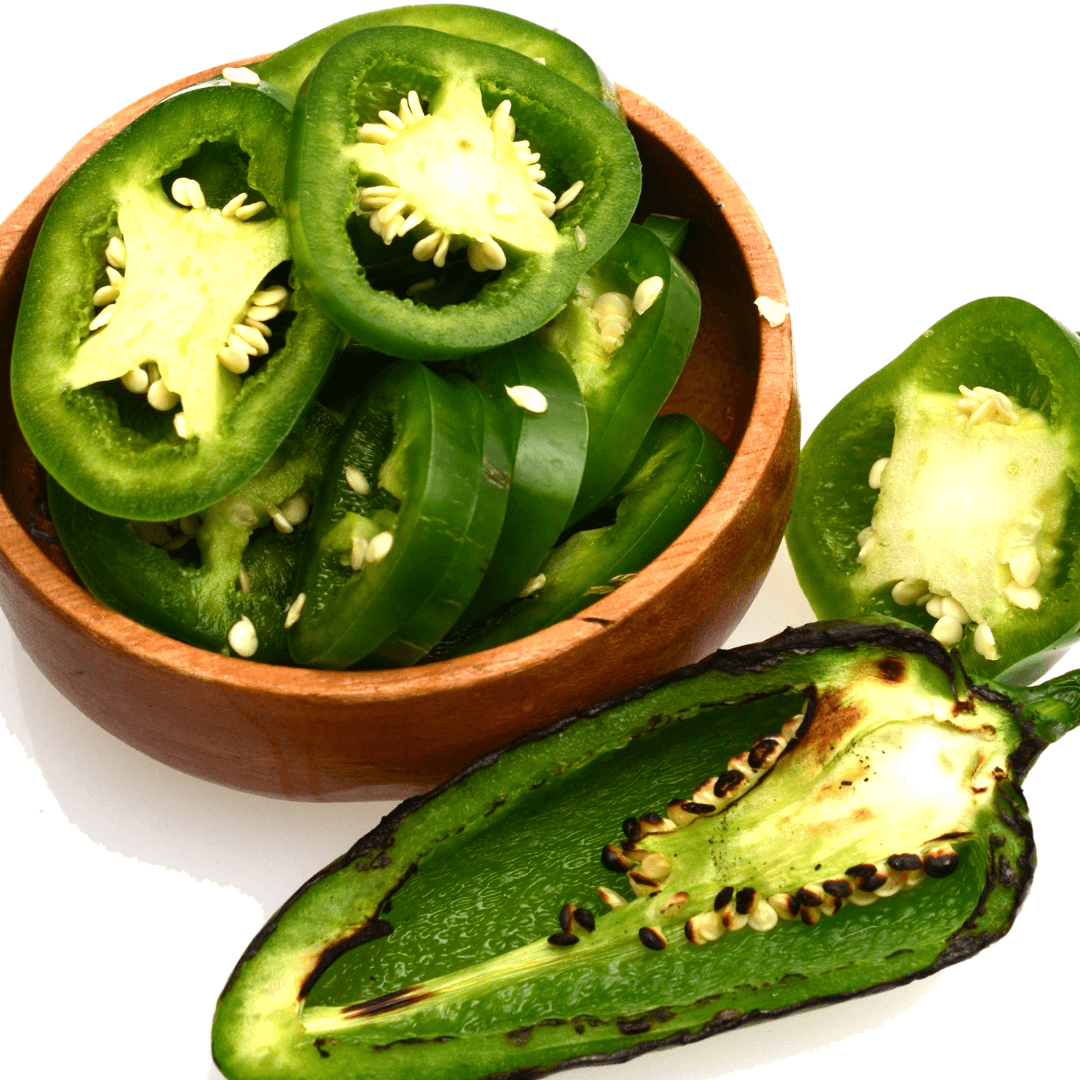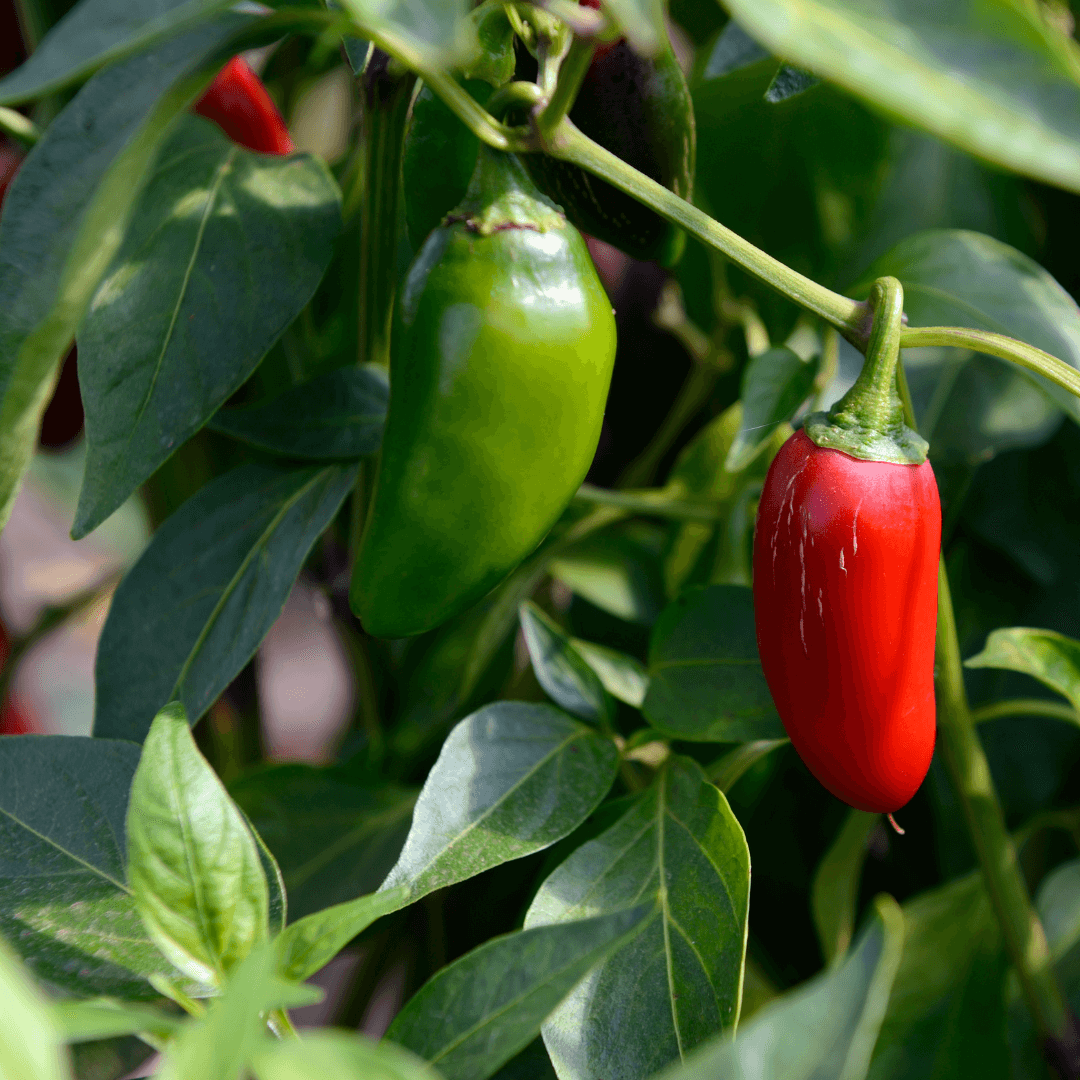Bell peppers are a popular vegetable that can be grown easily from seed. Whether you prefer sweet bell peppers or hot peppers, growing them at home can be a rewarding experience. In this guide, we will provide a comprehensive step-by-step approach to how to grow bell peppers from seed.
Choosing Bell Pepper Seeds
Choosing the right bell pepper seeds is the first step in growing healthy and productive plants. Here are some factors to consider:
- Sweet bell peppers come in different colors such as red, green, yellow, and orange. Choose a variety that suits your preference.
- Hot pepper varieties such as jalapenos or habaneros can also be grown from seed if you prefer spicy peppers.
- Check the seed packet for information on the plant's growing habits, such as the ideal soil temperature, the number of days to maturity, and whether it needs full sun or partial shade.
Pepper Seed Assortment | 8 Variety Pack
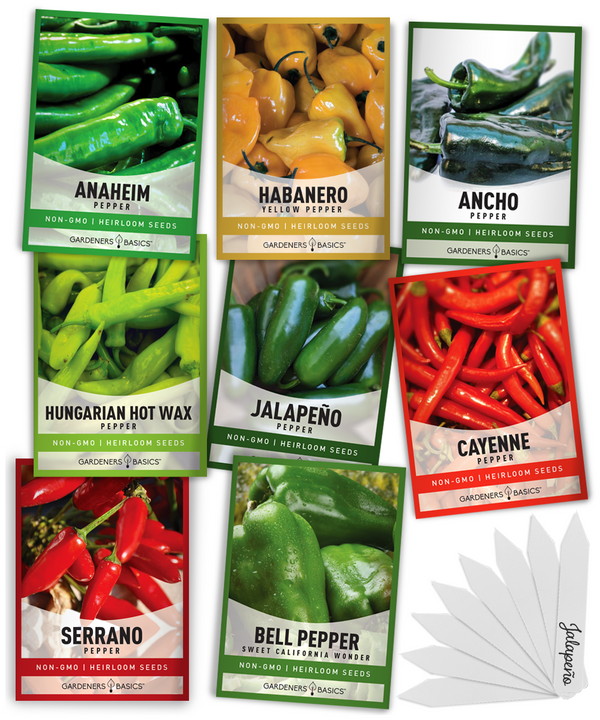
$15.95
8 Pepper Seeds Variety Pack – Heirloom, Non-GMO, Open-Pollinated, Non-Hybrid Seeds Elevate your garden with our 8 Pepper Seeds Variety Pack! This premium selection includes a mix of heirloom, open-pollinated, non-hybrid, non-GMO pepper seeds, perfect for beginner and experienced gardeners.… read more
Starting Bell Pepper Seeds
Starting bell pepper seeds indoors is the best way to ensure that they have a long growing season and produce a bountiful harvest. Here are the steps to follow:
- Start by filling a seed tray with a good-quality potting mix.
- Moisten the soil by gently spraying water on it.
- Place one or two bell pepper seeds on the surface of the soil in each cell or pot.
- Cover the seeds with a thin layer of soil, no more than 1/4 inch deep.
- Place the seed tray in a warm, sunny location. Bell peppers need full sun to grow well.
- If you live in an area with a short growing season, consider starting your bell pepper seeds indoors six to eight weeks before the last expected frost date.
- Use a heat mat to maintain a temperature between 75 and 80 degrees Fahrenheit for optimal germination.
- Once the seeds germinate and develop their first sets of true leaves, thin out the weaker seedlings, leaving only one plant per cell or pot.
Transplanting Bell Pepper Plants
After your bell pepper seedlings have grown to about 3 inches tall and have at least two sets of true leaves, they are ready to be transplanted to a larger container or the garden. Here's how to transplant your bell pepper plants:
- Choose a location in your garden that receives full sun.
- Prepare the soil by adding compost or well-rotted manure to improve drainage and fertility.
- Dig a hole that is slightly larger than the root ball of your bell pepper plant.
- Gently remove the plant from its pot and loosen the soil around the roots.
- Place the plant in the hole and backfill it with soil.
- Water the plant thoroughly to help it settle in its new home.
- Space the bell pepper plants 18 to 24 inches apart to allow for adequate air circulation.
Sweet California Wonder Bell Pepper Seeds
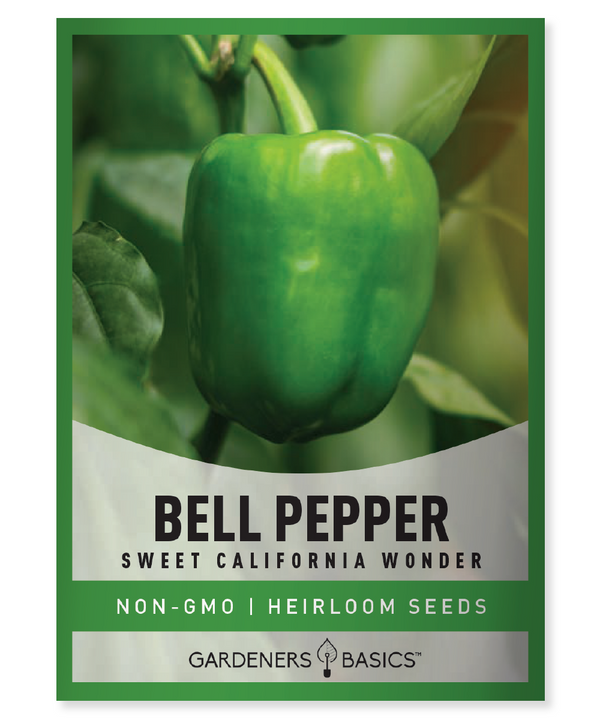
$2.49
Sweet California Wonder Bell Pepper Seeds - Heirloom, Non-GMO, Non-Hybrid, Open-Pollinated Grow your own delicious and vibrant Sweet California Wonder Bell Peppers with our premium heirloom, non-GMO, non-hybrid, open-pollinated seeds! Perfect for home gardeners and pepper enthusiasts, these versatile and… read more
Caring for Bell Pepper Plants
Growing bell peppers from seed are just the beginning. The next step is to care for your plants to ensure that they grow healthy and produce a bountiful harvest. Here are some tips for caring for your bell pepper plants:
- Water your bell pepper plants deeply once a week or more often if the soil is dry.
- Fertilize your plants with a balanced fertilizer every three to four weeks.
- Watch out for garden pests such as aphids, spider mites, and whiteflies. Use organic pest control methods such as neem oil or insecticidal soap to keep them under control.
- Support your bell pepper plants with stakes or cages to prevent them from bending or breaking due to the weight of the fruits.
- Mulch around the base of your bell pepper plants to retain moisture and suppress weeds.
- Watch out for blossom end rot, a common problem in bell peppers caused by calcium deficiency. To prevent this, add calcium to the soil or use a foliar spray containing calcium.
- Provide extra light to your bell pepper plants using grow lights if you are growing them indoors or in a location with insufficient natural light.
Harvesting Bell Peppers
Bell peppers can take a long time to mature, ranging from 70 to 100 days from planting to harvesting. However, the wait is worth it once you see your peppers growing and changing colors. Here's how to know when your bell peppers are ready to be harvested:
- Bell peppers start off green and gradually change color as they mature. Red bell peppers are fully mature and sweeter than green bell peppers.
- Wait until your bell peppers reach their full color before harvesting.
- Gently twist the pepper off the plant or use scissors to cut it close to the stem.
- Be careful not to damage the plant or the surrounding peppers when harvesting.
Vegetable Seed Vault Kit | 35 Variety Pack

$29.95
$49.95
Ultimate Survival Seed Vault: 16,000+ Non-GMO Heirloom Vegetable Seeds for Emergency Preparedness Introducing the Seed Vault Kit, your all-in-one solution for emergency preparedness and sustainable gardening. This premium seed kit contains over 16,000 non-GMO, Heirloom, Non-Hybrid, and Open Pollinated seeds,… read more
Common Problems with Bell Pepper Plants
Growing bell peppers from seed can be a rewarding experience, but it's not always smooth sailing. Here are some common problems you may encounter and how to prevent or solve them:
- Blossom end rot: This is a common problem in bell pepper plants caused by calcium deficiency. Prevent it by adding calcium to the soil or using a foliar spray containing calcium.
- Pest infestations: Garden pests such as aphids, spider mites, and whiteflies can damage your bell pepper plants. Use organic pest control methods such as neem oil or insecticidal soap to keep them under control.
- Stunted growth: Stunted growth in bell pepper plants can be caused by over-watering, nutrient deficiencies, or temperature extremes. Make sure to water your plants deeply once a week and fertilize them every three to four weeks with a balanced fertilizer.
- Cracking fruit: Cracking in bell pepper fruits can be caused by over-watering, fluctuations in temperature, or irregular watering. Keep the soil consistently moist and water deeply once a week.
Frequently Asked Questions (FAQ)
Q: Can I grow bell peppers in a container?
A: Yes, bell peppers can be grown in containers as long as they are large enough to accommodate the plant's root system. Choose a container that is at least 12 inches in diameter and has good drainage. Use a good quality potting mix and fertilize regularly.
Q: How often should I water my bell pepper plants?
A: Bell pepper plants should be watered deeply once a week or more often if the soil is dry. Water at the base of the plant and avoid getting the leaves wet. Over-watering can lead to root rot and other problems, so make sure to let the soil dry out between watering.
Q: How do I prevent blossom end rot in my bell pepper plants?
A: Blossom end rot is a common problem in bell pepper plants caused by calcium deficiency. To prevent it, add calcium to the soil or use a foliar spray containing calcium. Make sure the soil is consistently moist but not waterlogged, and avoid over-fertilizing.
Q: How do I fertilize my bell pepper plants?
A: Bell pepper plants should be fertilized every three to four weeks with a balanced fertilizer. Use a slow-release granular fertilizer or a liquid fertilizer mixed according to the manufacturer's instructions. Avoid over-fertilizing, as this can lead to stunted growth and other problems.
Q: How do I know when my bell peppers are ready to be harvested?
A: Bell peppers start off green and gradually change color as they mature. Wait until your bell peppers reach their full color before harvesting. Gently twist the pepper off the plant or use scissors to cut it close to the stem. Be careful not to damage the plant or the surrounding peppers when harvesting.
Q: What should I do if my bell pepper plants are infested with pests?
A: Garden pests such as aphids, spider mites, and whiteflies can damage your bell pepper plants. Use organic pest control methods such as neem oil or insecticidal soap to keep them under control. Remove severely infested leaves or plants to prevent the spread of the infestation.
Conclusion
Growing bell peppers from seed is a fun and rewarding activity that can provide you with fresh and delicious peppers throughout the growing season. By following the steps outlined in this guide and addressing common problems such as pests, blossom end rot, and stunted growth, you can enjoy a bountiful harvest of sweet or spicy bell peppers. Now that you know how to grow bell peppers from seed, will you be starting some for your home garden?



